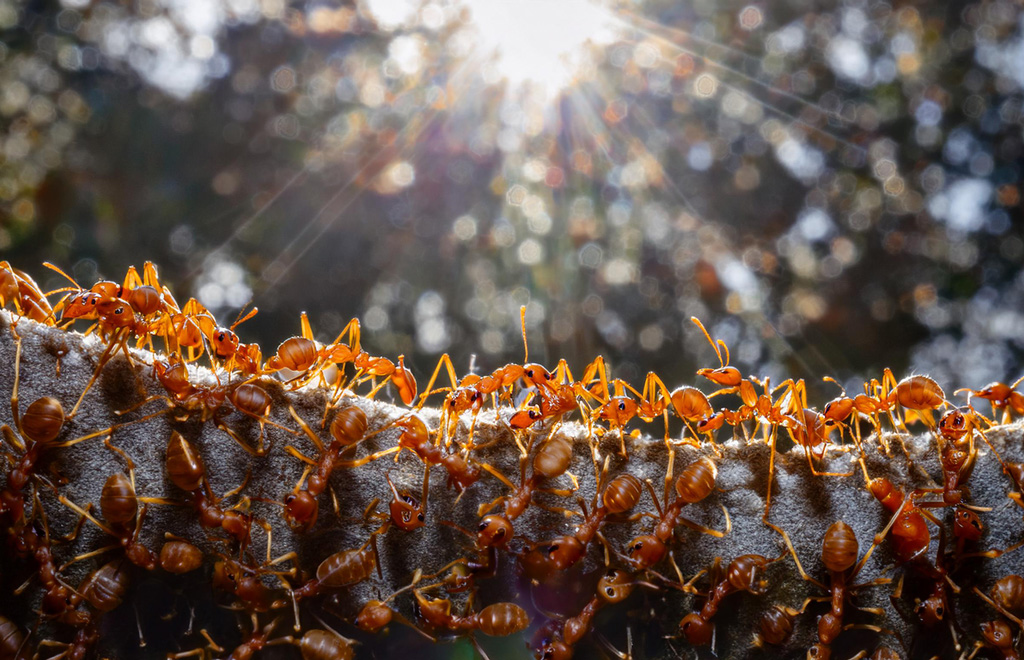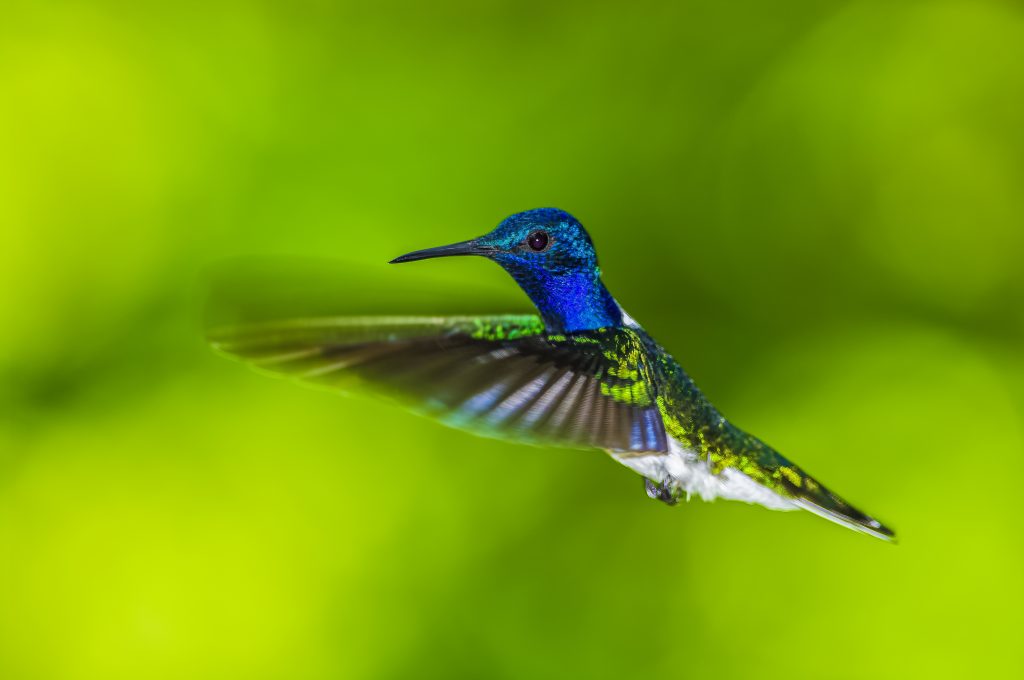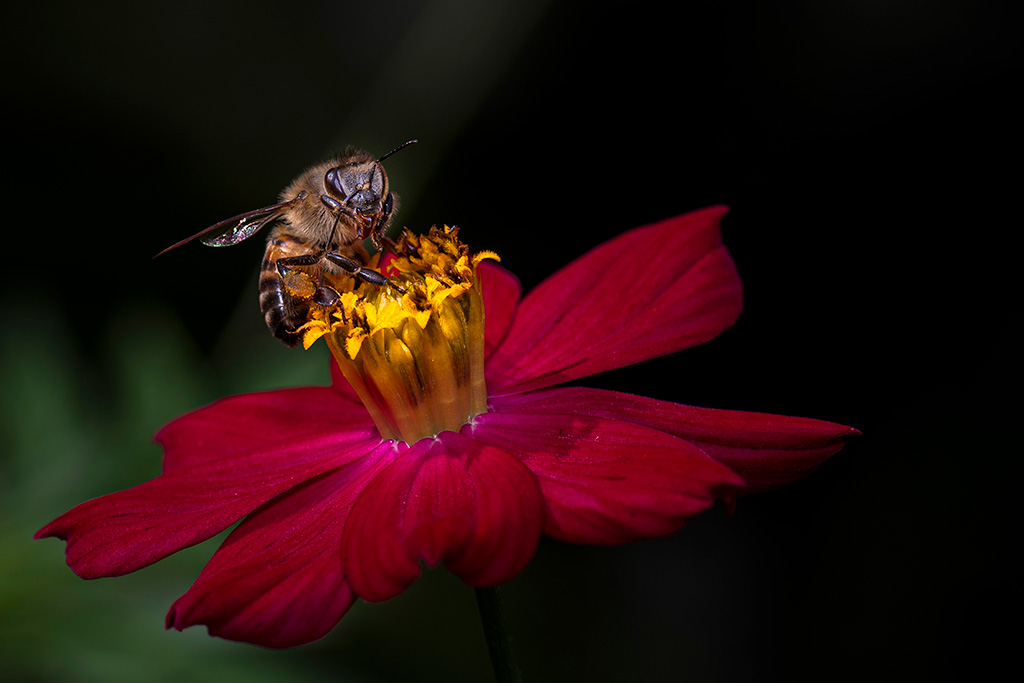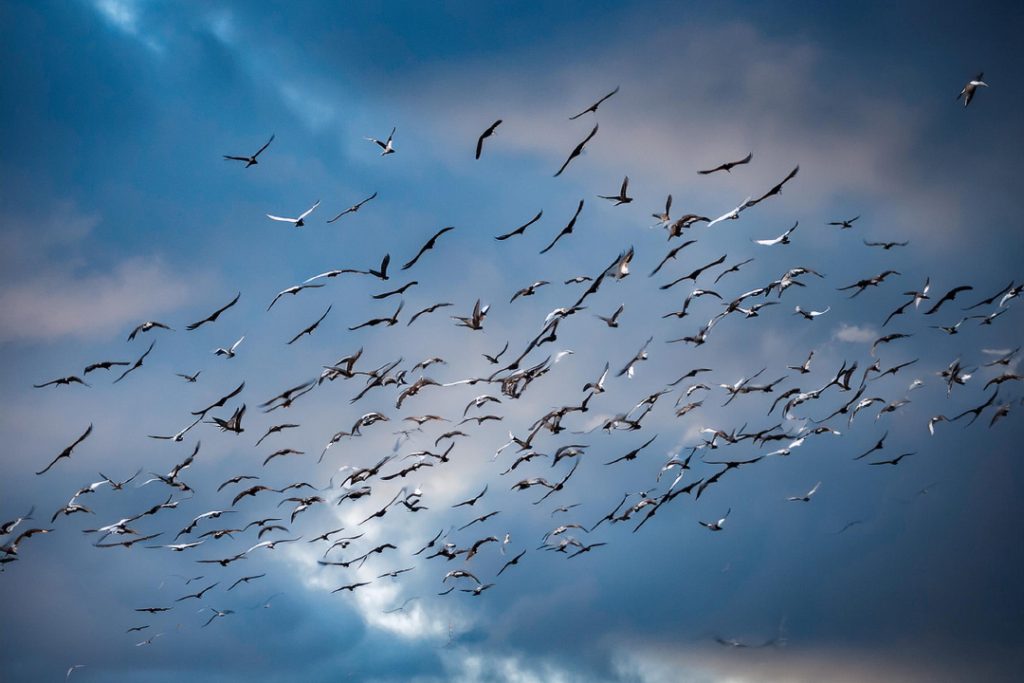Introduction
Imagine walking through a lush forest, only to discover that native plants are vanishing and local wildlife is being displaced. This alarming scenario is often caused by the silent spread of invasive species. These uninvited guests disrupt ecosystems, threaten biodiversity, and, in some cases, even endanger human health and economies. While many people are familiar with well-known invaders like Asian carp or zebra mussels, a host of lesser-known but equally destructive species are wreaking havoc across the globe.
But what makes an invasive species so dangerous? How do they spread so quickly? And most importantly, can we stop them before it’s too late? This article will explore some of the most surprising and dangerous invasive species you’ve never heard of, shedding light on how they operate and what can be done to combat them.
What is an Invasive Species?
An invasive species is any organism that is introduced to an environment where it is not native, often leading to significant harm to the local ecosystem. Unlike native species that have co-evolved with their surroundings, invasive species often have no natural predators or diseases to keep their population in check. This allows them to spread rapidly, outcompete native species for resources, and disrupt entire ecosystems.
Invasive species can be plants, animals, fungi, or even microorganisms. What sets them apart from other non-native species is their ability to cause harm—whether it’s environmental, economic, or health-related.
How Do Invasive Species Spread?
Invasive species spread through a variety of human and natural processes. Some of the most common pathways include:
- Global Trade and Transport: Shipping containers, airplanes, and cargo ships are notorious for unintentionally transporting species across continents. For example, the brown marmorated stink bug hitched a ride from Asia to North America via shipping crates.
- Pet Trade and Horticulture: Exotic pets and ornamental plants can become invasive when released into the wild. The Burmese python, now a major problem in Florida’s Everglades, was originally imported as a pet.
- Climate Change: As global temperatures rise, species that previously couldn’t survive in certain areas can now thrive, allowing them to spread into new regions.
- Accidental Release: In some cases, organisms escape from research facilities or aquaculture farms, as seen with the European green crab.
The Most Dangerous Invasive Species You’ve Never Heard Of
While some invasive species are infamous, others operate under the radar, causing destruction with little public awareness. Here are some of the most dangerous but lesser-known invaders:
1. The Giant African Land Snail
Scientific Name: Lissachatina fulica
Where It’s Invading: United States (especially Florida), the Caribbean, and parts of Asia
The Giant African Land Snail is more than just a slow-moving mollusk. It’s a voracious herbivore capable of consuming over 500 different plant species, including essential crops. This snail also poses a public health risk as it carries the parasitic rat lungworm, which can cause meningitis in humans.
Efforts to control these snails have included baiting and hand removal, but their high reproduction rate makes them difficult to eradicate.
2. The Cane Toad
Scientific Name: Rhinella marina
Where It’s Invading: Australia, parts of Southeast Asia, and the Pacific Islands
Introduced to control pests in sugarcane fields, the Cane Toad quickly became a problem itself. These toads secrete a toxic substance from their glands that is lethal to most predators, including snakes, birds, and mammals. With no natural predators and the ability to breed rapidly, cane toads have become one of the most infamous invasive species in Australia.
3. The Spotted Lanternfly
Scientific Name: Lycorma delicatula
Where It’s Invading: United States (primarily the Northeast)
First detected in Pennsylvania in 2014, the Spotted Lanternfly has since spread to multiple U.S. states. It feeds on over 70 different plant species, including economically vital crops like grapes, hops, and fruit trees. As it feeds, it excretes a sugary substance called honeydew, which promotes mold growth that damages plants.
4. The Emerald Ash Borer
Scientific Name: Agrilus planipennis
Where It’s Invading: United States, Canada, and parts of Europe
The Emerald Ash Borer is a shiny green beetle with a destructive appetite for ash trees. By boring through the tree’s bark, it disrupts the flow of nutrients, ultimately killing the tree. Since its arrival in North America, it’s caused billions of dollars in damage and led to the loss of millions of ash trees.
Why Are Invasive Species So Dangerous?
- Loss of Biodiversity: Invasive species outcompete native plants and animals for food, shelter, and space.
- Economic Impact: Crop damage, reduced fishery yields, and control efforts cost governments billions annually.
- Health Risks: Some invasive species, like the Giant African Land Snail, spread diseases that pose risks to human health.
How Can We Stop Invasive Species?
Stopping the spread of invasive species requires cooperation at local, national, and international levels. Some of the most effective strategies include:
- Early Detection and Rapid Response (EDRR): Identifying and responding to new invasions quickly can prevent their spread.
- Public Education: Encouraging people to avoid releasing exotic pets or plants into the wild.
- Stricter Import Regulations: Customs inspections and biosecurity measures can prevent invasive species from entering new areas.
- Biological Control: Introducing natural predators or diseases to control invasive populations, though this method comes with risks.
Here is a list of some of the most dangerous invasive species worldwide, including their regions and the harm they cause to ecosystems, economies, and human health.
1. Asian Carp (Hypophthalmichthys spp.)
- Region: North America (especially U.S. rivers and Great Lakes)
- Harm:
- Outcompetes native fish for food and space.
- Disrupts aquatic ecosystems, reduces biodiversity, and threatens fishing industries.
- Poses a danger to boaters as they leap out of the water when disturbed.
2. Zebra Mussel (Dreissena polymorpha)
- Region: North America, Europe, and Asia (originally from Eastern Europe)
- Harm:
- Clogs water pipes, hydroelectric facilities, and industrial water systems.
- Depletes nutrients in aquatic ecosystems, affecting native species.
- Damages boats and water infrastructure.
3. Kudzu (Pueraria montana)
- Region: Southeastern United States (native to East Asia)
- Harm:
- Smothers and kills native plants by blocking sunlight.
- Damages power lines, telephone poles, and other infrastructure.
- Grows rapidly, covering entire landscapes in dense vines.
4. Cane Toad (Rhinella marina)
- Region: Australia, parts of the Caribbean, Florida, and Southeast Asia
- Harm:
- Its toxic secretions kill native predators that try to eat it.
- Competes with native amphibians for food and habitat.
- Contributes to the decline of many Australian native species.
5. Burmese Python (Python bivittatus)
- Region: Florida Everglades (native to Southeast Asia)
- Harm:
- Preys on native wildlife, including endangered species.
- Reduces populations of small mammals, birds, and reptiles.
- Difficult to control due to its stealth and rapid reproduction.
6. European Green Crab (Carcinus maenas)
- Region: North America, Australia, South Africa, Japan
- Harm:
- Feeds on shellfish, reducing local fisheries.
- Disrupts seagrass habitats and alters aquatic ecosystems.
- Outcompetes native crabs and other marine organisms.
7. Giant African Snail (Achatina fulica)
- Region: Subtropical and tropical areas (U.S. (Florida), Asia, Africa, Caribbean)
- Harm:
- Feeds on over 500 species of plants, harming agriculture.
- Transmits diseases and parasites that affect humans.
- Reproduces rapidly, making it difficult to control.
8. Lionfish (Pterois volitans and Pterois miles)
- Region: Caribbean, Gulf of Mexico, and U.S. Atlantic coast (native to Indo-Pacific)
- Harm:
- Preys on reef fish, reducing biodiversity.
- Competes with native species for food and habitat.
- Reduces populations of fish vital to reef health and tourism.
9. Japanese Knotweed (Reynoutria japonica)
- Region: Europe, North America, New Zealand (native to East Asia)
- Harm:
- Damages infrastructure like foundations, roads, and buildings.
- Outcompetes native plants, reducing biodiversity.
- Costly to remove due to its extensive root system.
10. Brown Tree Snake (Boiga irregularis)
- Region: Guam, Northern Mariana Islands (native to Southeast Asia)
- Harm:
- Causes the extinction of native birds and small mammals.
- Damages power infrastructure by climbing power lines.
- Reduces native biodiversity and negatively impacts ecotourism.
11. Fire Ant (Solenopsis invicta)

- Region: North America, Australia, China, Taiwan (native to South America)
- Harm:
- Aggressive and stings humans, livestock, and wildlife.
- Damages crops, electrical equipment, and infrastructure.
- Disrupts ecosystems by preying on native insects and ground-nesting birds.
12. Water Hyacinth (Eichhornia crassipes)
- Region: Africa, Asia, North America, and Australia (native to South America)
- Harm:
- Forms dense mats that block waterways and hinder boat traffic.
- Reduces oxygen levels in water, harming fish and aquatic life.
- Decreases biodiversity and damages fishing and hydroelectric industries.
13. Grey Squirrel (Sciurus carolinensis)
- Region: United Kingdom, Europe (native to North America)
- Harm:
- Outcompetes native red squirrels for food and habitat.
- Damages trees by stripping bark.
- Carries squirrelpox virus, which kills native red squirrels.
14. Feral Cats (Felis catus)
- Region: Global (introduced by humans everywhere)
- Harm:
- Preys on birds, reptiles, and small mammals, driving species to extinction.
- Disrupts ecosystems, especially on islands with unique fauna.
- Can spread diseases like toxoplasmosis to wildlife and humans.
15. Rock Pigeon (Columba livia)

- Region: Global (introduced worldwide from Europe)
- Harm:
- Fouls buildings, bridges, and monuments with droppings.
- Spreads diseases and parasites to humans and livestock.
- Competes with native birds for nesting sites.
16. House Sparrow (Passer domesticus)
- Region: Global (introduced worldwide from Europe)
- Harm:
- Outcompetes native songbirds for food and nesting sites.
- Damages crops and buildings.
- Carries diseases that affect humans, poultry, and native birds.
17. Yellow Crazy Ant (Anoplolepis gracilipes)
- Region: Pacific islands, Asia, Africa, and Australia (native to Southeast Asia)
- Harm:
- Forms supercolonies that displace native ants and insects.
- Preys on bird chicks and small animals, disrupting ecosystems.
- Damages crops and poses a threat to tourism and agriculture.
18. Miconia (Miconia calvescens)
- Region: Hawaii, Tahiti, Caribbean (native to Central and South America)
- Harm:
- Forms dense thickets that outcompete native plants.
- Increases soil erosion and sediment runoff.
- Alters habitats critical for native fauna.
19. Asian Longhorned Beetle (Anoplophora glabripennis)
- Region: North America, Europe (native to East Asia)
- Harm:
- Kills hardwood trees like maples, birch, and elm.
- Weakens tree structure, posing danger to infrastructure.
- Costly for forest management and urban tree maintenance.
20. Emerald Ash Borer (Agrilus planipennis)
- Region: North America (native to East Asia)
- Harm:
- Kills ash trees, causing large-scale tree mortality.
- Disrupts ecosystems and damages urban landscapes.
- Increases forestry costs due to control and removal efforts.
Summary of Impacts
- Environmental: Destruction of native species, habitat loss, and ecosystem disruption.
- Economic: Costs related to agriculture, forestry, and infrastructure repair.
- Human Health: Spread of diseases, health risks from stings/bites, and crop contamination.
Conclusion
Invasive species are nature’s bullies, wreaking havoc on ecosystems, economies, and human health. While some species like the Asian carp and zebra mussel are well-known, many others operate in the shadows, silently upending biodiversity. From the Giant African Land Snail to the Emerald Ash Borer, these lesser-known invaders highlight the urgent need for action.
Stopping invasive species is no small task, but with greater awareness, early detection, and international cooperation, we can protect the delicate balance of our ecosystems. The fight against invasive species is ongoing, but knowledge and action are our best defenses against nature’s bullies.
Here some recommended links selected for you: The Best Books of the Month, Todays best Deals at Amazon, Best Sellers in Cell Phones & Accessories and last but not least the easy and great way to send a gift for the holidays: Amazon.com eGift Card (Instant Email or Text Delivery).




